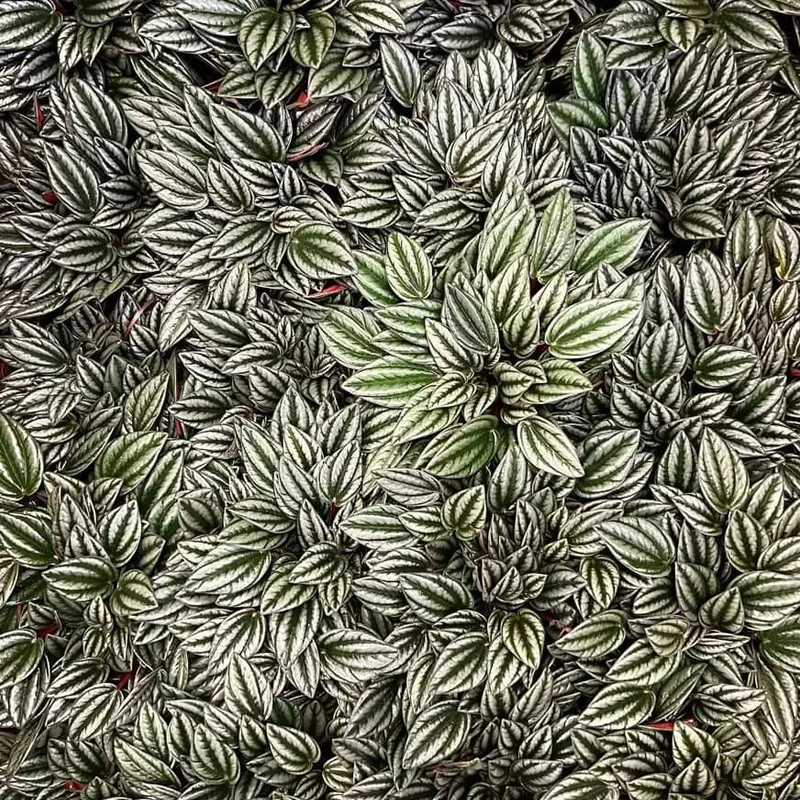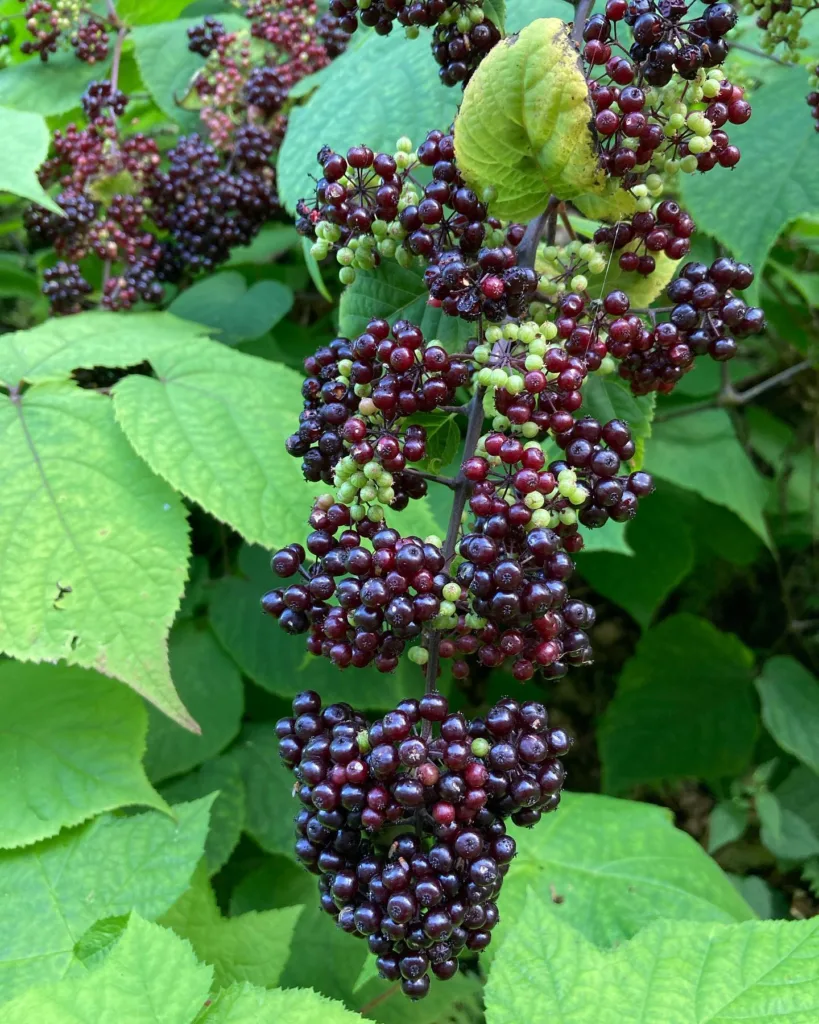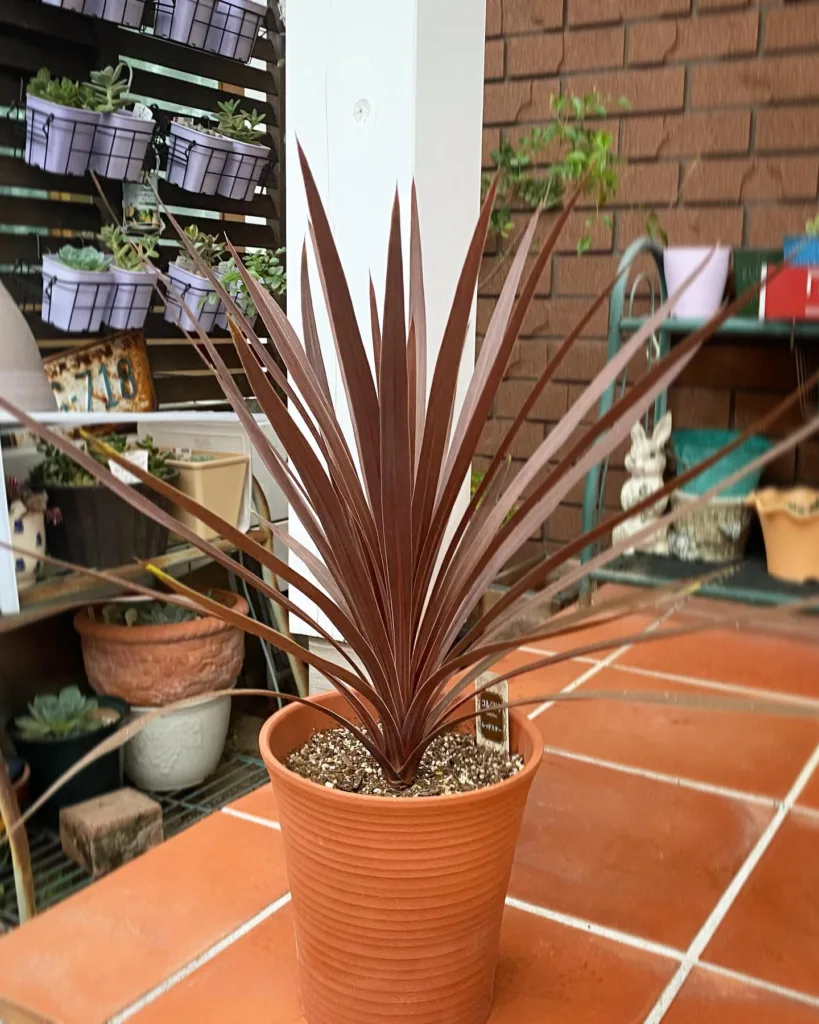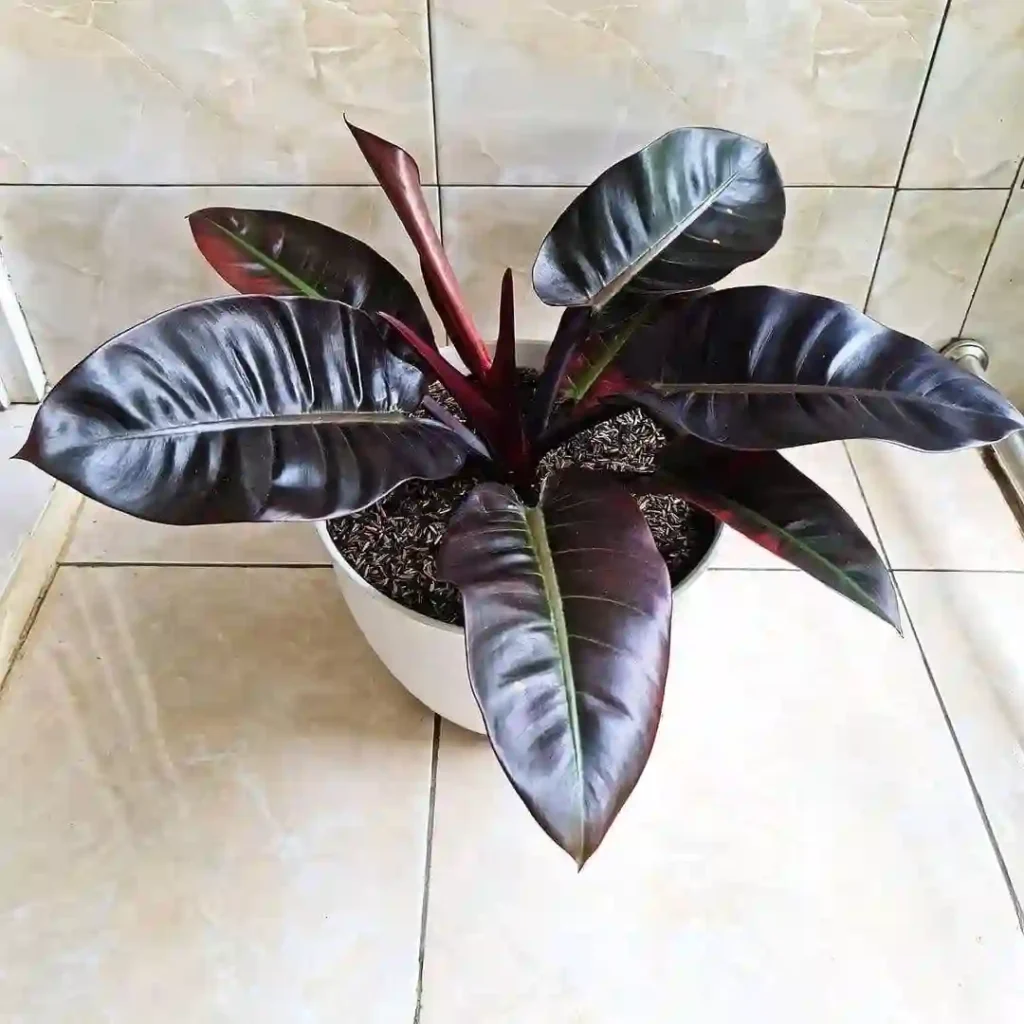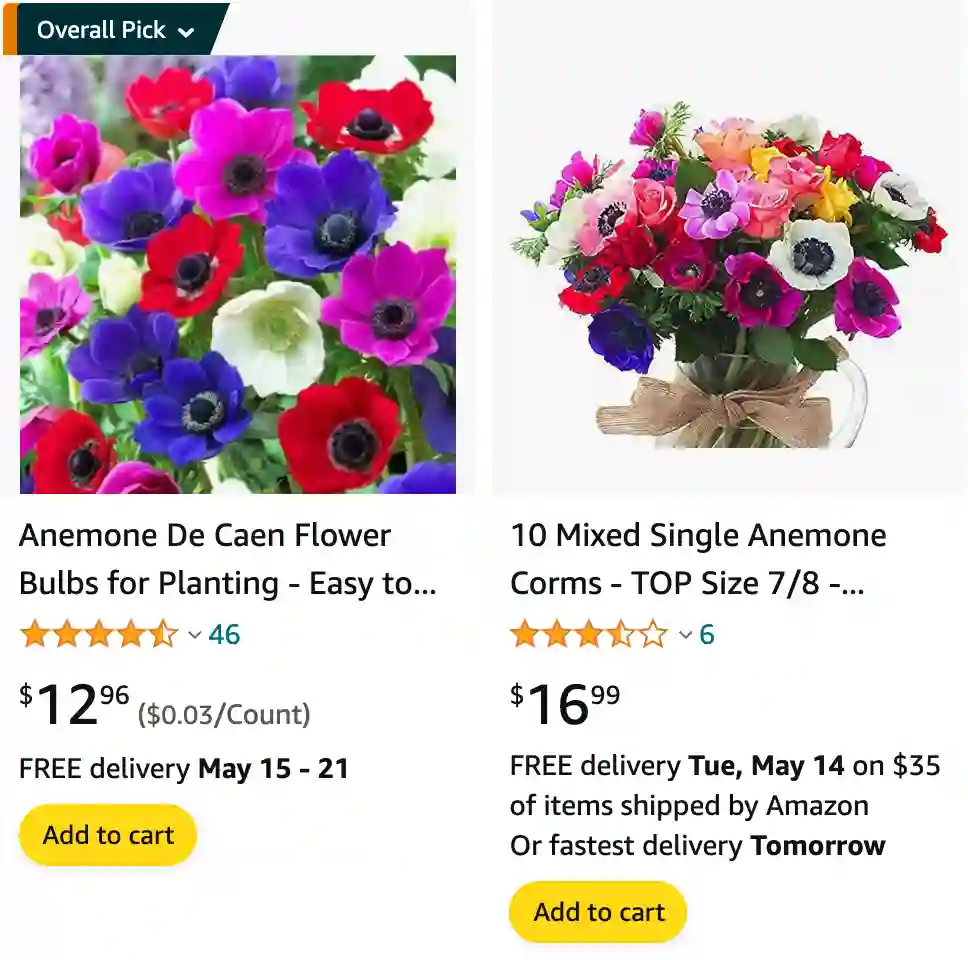
August 2 – Anemone
"Anemone, the windflower, represents August 2."
Anemone symbolizes anticipation and protection. You carry an air of mystery, drawing people in with your enigmatic charm. Like its delicate petals, you captivate effortlessly.
What is an anemone?
When I think about the wonders of perennial flowering plants, the genus Anemone always stands out in my mind. These elegant flowers, often referred to as windflowers, have captivated gardeners and plant enthusiasts for centuries. Today, I want to take you on a personal journey through the enchanting world of Anemone.
Anemone is a diverse genus within the Ranunculaceae family, consisting of over 120 species. These plants thrive in temperate climates, and their adaptability makes them suitable for gardens around the world. The genus name, derived from the Greek word for “wind,” reflects the way their delicate petals sway gracefully even in the gentlest of breezes.
Anemone species
- Anemone afghanica Podlech
- Anemone alaschanica (Schipcz.) Borodina
- Anemone altaica Fisch. ex C.A.Mey.
- Anemone amurensis (Korsh.) Kom.
- Anemone angustiloba H.Eichler
- Anemone apennina L.
- Anemone baissunensis Juz. ex M.M.Sharipova
- Anemone baizhishanica W.T.Wang
- Anemone baldensis L.
- Anemone banketovii Rukšāns
- Anemone baoxingensis W.T.Wang
- Anemone begoniifolia H.Lév. & Vaniot
- Anemone berlandieri Pritz.
- Anemone biflora DC.
- Anemone blanda Schott & Kotschy
- Anemone bomiensis W.T.Wang
- Anemone brachystema W.T.Wang
- Anemone × brecklei Rech.f.
- Anemone brevistyla C.C.Chang ex W.T.Wang
- Anemone bucharica (Regel) Juz.
- Anemone caerulea DC.
- Anemone caroliniana Walter
- Anemone cathayensis Kitag. ex Tamura
- Anemone caucasica Willd. ex Rupr.
- Anemone coronaria L. Plant FAQs: Anemone Coronaria
- Anemone cylindrica A.Gray Plant FAQs: Anemone Cylindrica
- Anemone daofuensis W.T.Wang
- Anemone davidii Franch.
- Anemone debilis Fisch. ex Turcz.
- Anemone decapetala Ard.
- Anemone delavayi Franch.
- Anemone drummondii S.Watson
- Anemone edwardsiana Tharp
- Anemone exigua Maxim.
- Anemone filisecta C.Y.Wu & W.T.Wang
- Anemone flexuosissima Rech.f.
- Anemone fugongensis W.T.Wang
- Anemone fulingensis W.T.Wang & Z.Y.Liu
- Anemone fuscopurpurea H.Hara
- Anemone galonglashanica W.T.Wang
- Anemone glazioviana Urb.
- Anemone × gokayamensis M.Sugim., Tak.Sato & Naruh.
- Anemone gonggaensis W.T.Wang
- Anemone grayi Behr & Kellogg
- Anemone griffithii Hook.f. & Thomson
- Anemone hokouensis C.Y.Wu ex W.T.Wang
- Anemone hortensis L.
- Anemone howellii Jeffrey & W.W.Sm.
- Anemone imperialis Kadota
- Anemone irinae Stepanov
- Anemone jenisseensis (Korsh.) Krylov & Steinb.
- Anemone juzepczukii Starod.
- Anemone koraiensis Nakai
- Anemone × korzchinskyi E.G.Camus
- Anemone lacerata (Y.L.Xu) Luferov
- Anemone laceratoincisa W.T.Wang
- Anemone lancifolia Pursh
- Anemone liangshanica W.T.Wang
- Anemone × lipsiensis Beck
- Anemone lithophila Rydb.
- Anemone ludingensis W.T.Wang
- Anemone lutienensis W.T.Wang
- Anemone milinensis W.T.Wang
- Anemone minima DC.
- Anemone motuoensis W.T.Wang
- Anemone multifida Poir.
- Anemone nemorosa L.
- Anemone nikoensis Maxim.
- Anemone nutantiflora W.T.Wang & L.Q.Li
- Anemone ochotensis (Fisch. ex Pritz.) Debroe
- Anemone okennonii Keener & B.E.Dutton
- Anemone oregana A.Gray
- Anemone orthocarpa Hand.-Mazz.
- Anemone palmata L.
- Anemone parviflora Michx.
- Anemone pavoniana Boiss.
- Anemone pendulisepala Y.N.Lee
- Anemone petiolulosa Juz.
- Anemone piperi Rydb.
- Anemone × pittonii Głow.
- Anemone poilanei Gagnep.
- Anemone pseudoaltaica H.Hara
- Anemone quinquefolia L.
- Anemone raddeana Regel
- Anemone ranunculoides L.
- Anemone raui Goel & U.C.Bhattach.
- Anemone reflexa Stephan ex Willd.
- Anemone robusta W.T.Wang
- Anemone robustostylosa R.H.Miao
- Anemone scabriuscula W.T.Wang
- Anemone seravschanica Kom.
- Anemone somaliensis Hepper
- Anemone souliei Franch.
- Anemone soyensis H.Boissieu
- Anemone stenosepala W.T.Wang
- Anemone stolonifera Maxim.
- Anemone sumatrana de Vriese
- Anemone sylvestris L.
- Anemone taipaiensis W.T.Wang
- Anemone tamarae Kharkev.
- Anemone thomsonii Oliv.
- Anemone tibetica W.T.Wang
- Anemone trifolia L.
- Anemone trifoliolata W.T.Wang
- Anemone triternata Vahl
- Anemone truncata (H.F.Comber) Luferov
- Anemone tschernaewii Regel
- Anemone tuberosa Rydb.
- Anemone udensis Trautv. & C.A.Mey.
- Anemone umbrosa C.A.Mey.
- Anemone uralensis Fisch. ex DC.
- Anemone virginiana L. Plant FAQs: Anemone Virginiana – Tall Thimbleweed
- Anemone × volgensis Luferov
- Anemone xingyiensis Q.Yuan & Q.E.Yang
- Anemone zheduoshanica W.T.Wang
Anemone vs Poppy
When I garden, I find Anemones bring a soft, delicate beauty to my space, while Poppies burst with vibrant, bold colors that make my garden pop.
Anemone vs Coral
Snorkeling around an Anemone feels like discovering a hidden gem, whereas Corals provide a stunning, sprawling underwater landscape that takes my breath away.
Anemone vs Ranunculus
Arranging Anemones in a bouquet feels like adding a touch of whimsical charm, but Ranunculus flowers make my arrangements look lush and romantic.
How to plant anemone bulbs?
Last fall, I planted a bunch of anemone bulbs in my garden with the hopes of springtime blooms. Here’s what I learned: The trickiest part for me was finding the right spot. Anemones like well-drained soil, so I ended up picking a raised bed where water wouldn’t pool. I soaked the bulbs for a few hours before planting, which some people say helps them get a head start. Then, I dug holes a couple inches deep and spaced the bulbs out a hand’s width from each other. The most exciting part was covering them up and waiting for spring to see if they’d sprout!
When to plant anemone bulbs?
In my experience, planting anemone bulbs is best done in the fall, typically around September to October, depending on your climate zone. This timing allows the bulbs to establish their root systems before the winter cold sets in. Anemones prefer to be planted in well-drained soil and in a location that receives partial to full sunlight. Before planting, I like to soak the bulbs in water for a few hours to help rehydrate them. Then, I dig holes about 2-3 inches deep and space the bulbs about 4-6 inches apart, covering them with soil and watering thoroughly. With this timing and care, I’ve had great success with anemones blooming beautifully in the spring.
Are anemone perennials?
That’s a good question! Anemones can be a bit tricky because there are both perennial and annual varieties. For the ones I planted in my garden last fall, those are definitely perennials – the anemone blanda, also known as the Grecian windflower. The best part about perennials is that once they’re established, they come back year after year. But I’ve also seen some gorgeous anemone coronaria at the flower market that are sold as annuals. Those have these big, stunning blooms that are perfect for bouquets, but they wouldn’t survive the winter in my climate. So, it really depends on the type of anemone!
Does anemone sting?
Ack! Luckily, I never got stung by an anemone while snorkeling in Thailand. Those beautiful tentacles looked tempting to touch, but I knew better than to mess with anything underwater. I heard from some other divers that some anemones pack a punch with stinging cells to catch prey and defend themselves. They mentioned those stinging cells are called nematocysts, which sounds pretty nasty. Thankfully, most anemones don’t bother humans, but there are definitely some out there to be cautious of! Maybe next time I’ll just admire them from a safe distance.
Are anemone deer resistant?
You’d be glad to hear that my anemones in the garden seem to be doing well despite the occasional deer visitor. While I haven’t seen any scientific studies myself, from what I’ve read online and heard from other gardeners, anemones are generally considered deer-resistant. They’re not necessarily deer-proof, but deer tend to find them unappetizing. Maybe it’s the bitterness or the weird, fuzzy texture – I’m not sure! This is a huge plus for me since deer can be a real menace to my rose bushes. So far, my anemones with their delicate flowers seem to be a turn-off for those hungry herbivores! Of course, if deer are desperate enough, they might take a nibble, but overall, anemones seem like a good choice for a deer-prone garden.
When do anemone flowers bloom?
Ah, the joy of anemones is that they can bloom across a wide range! It all depends on the specific variety I have in my garden. Those Grecian windflowers (anemone blanda) I planted last fall should be showing off their blooms any time now in late spring or early summer. They’re like cheerful little messengers that winter is finally over. There are even some summer and fall bloomers out there, like the anemone coronaria. I saw some stunning red ones at the market the other day that would be perfect for late summer. So, depending on the type, anemones can really extend the flower season in the garden, which is why I love them so much!
How long does anemone bloom?
Those anemone blanda I planted last fall weren’t nonstop bloomers, but they put on a delightful show for a good while! I’d say they flowered for about 3 to 4 weeks. Each flower seemed to last a decent amount of time, but there were new ones opening up all the time during that period. It was like a little explosion of color in my garden! I hear deadheading (removing spent flowers) can encourage even more blooms, so I might try that next time. But even with their set bloom time, those anemones were a welcome sight and definitely brightened up my early summer.
Where to buy anemone flowers?
I’ve found anemone flowers available at various places depending on the season and my specific needs. During the spring and summer months, local farmers’ markets and floral shops often carry fresh-cut anemone blooms, providing a vibrant and seasonal option for arrangements. Additionally, I’ve purchased anemone plants or bulbs from garden centers, nurseries, or online retailers specializing in flower bulbs and plants. These options allow me to grow my own anemones at home, either in garden beds or containers, so I can enjoy their charming blooms year after year. Whether you’re looking for fresh-cut flowers or plants to cultivate, exploring these sources can help you find the perfect anemones for your needs.
If i die, water my plants!
